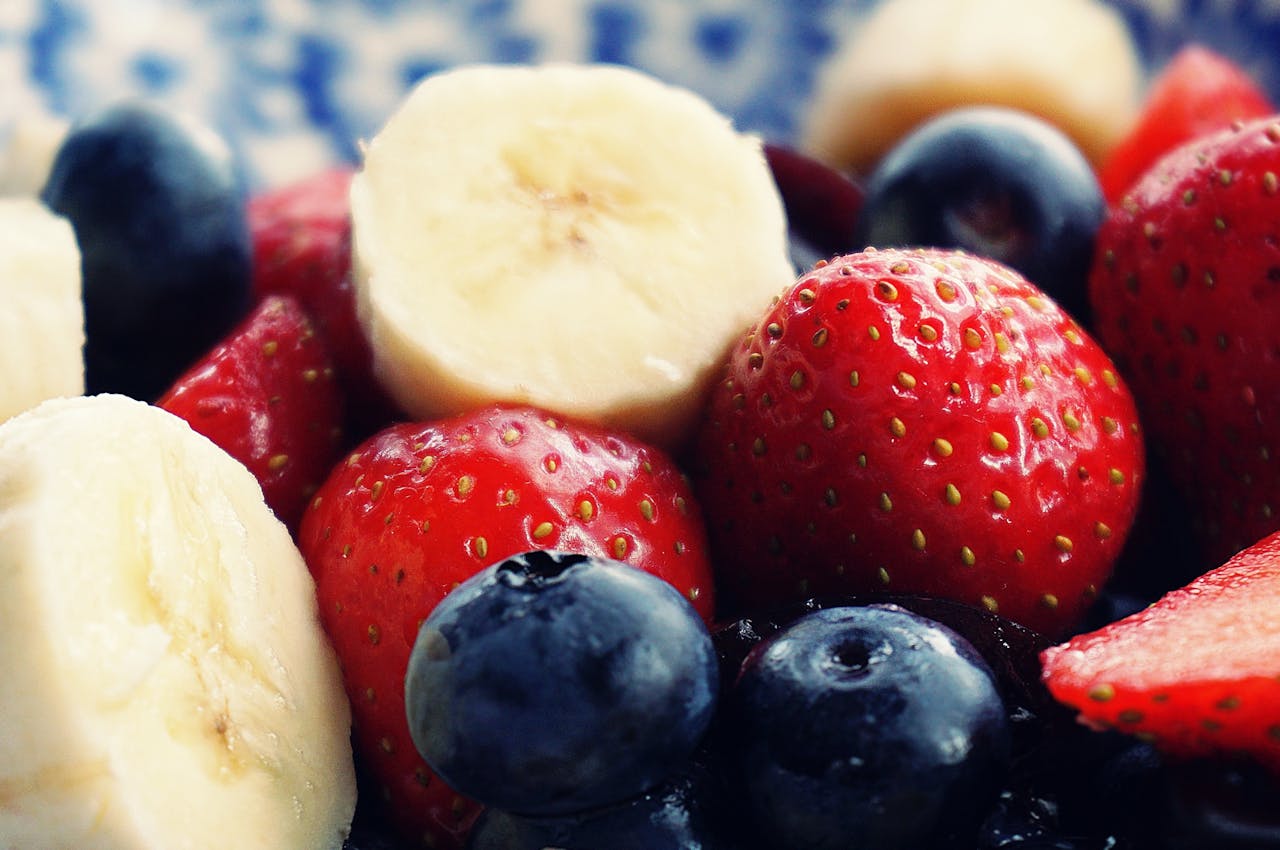
Food and colour theory explores the relationship between the colours fruits and vegetables contain and how they affect our experience with it, in terms of identifying the food article, digestion and also treating various diseases. Certain colours like red, orange and yellow stimulate appetite and increase hunger. These colours can be found in foods like watermelon, bell peppers , zucchini and even certain chillies. They also are a good indication of the taste of the food and their flavours and can relate to the boldness or sweetness of that particular item. Colour categories in Food: 1. Warm colour : Red, orange, yellow and golden hues often associated with warmth, energy and comfort. 2. Cool colours: Blue, green and purple hues often linked with calmness, freshness and sophistication. 3. Neutral colour: Beige, brown and white hues often used to convey simplicity, elegance and purity. Application of colour theory: 1. Food packaging: Colour theory can influence packaging design, with brands using colours to appeal to their target audience and make better sales. 2.Food presentation: Chefs and food stylists use colour theory to create visually stunning dishes to appeal to the palette of the eyes. 3. Medicinal : Knowing the right way to use and identify colour theory can ward off many diseases. As generally it is said that we eat with our eyes first and then with our mouths.
© Travel Media. All Rights Reserved. Privacy